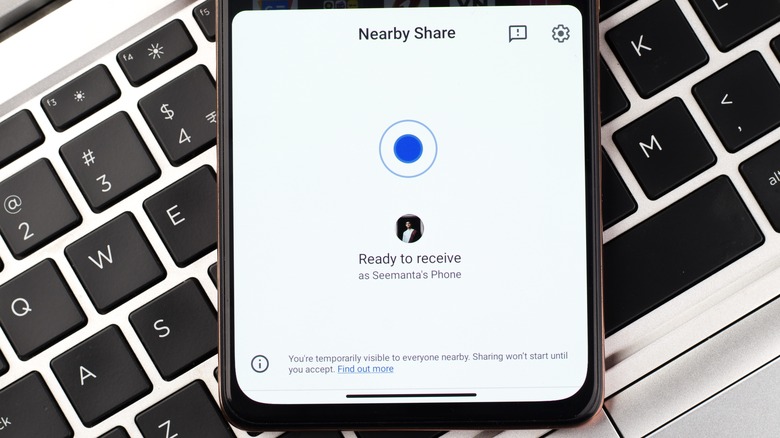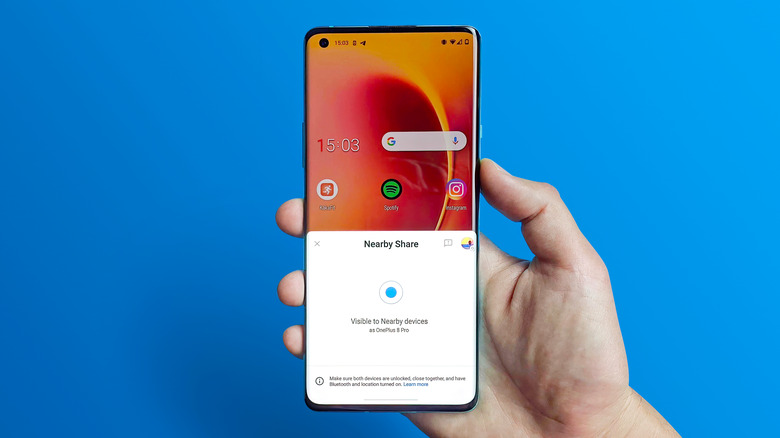Android's Nearby Share For Windows Is Now Available To All
Google's answer to Apple's AirDrop is finally out without any beta caveat attached to it. Nearby Share, the wireless file-sharing system that amassed an impressive 1.7 million users in the test phase, is now available via the stable channel to allow file sharing between Android and Windows machines. The official Nearby Share for Windows app is now available to download.
Down the road, it will come pre-installed on Windows PCs from partner brands like HP. To mark the public release, Google is also adding a couple of neat features in addition to general improvements to file sharing speed and signal reliability, while also reducing interruptions and failed transfers.
The first feature addition is a transfer duration estimate. Every time you initiate file sharing between a PC and an Android phone, it will tell you exactly how much time it is going to take for the peer-to-peer data movement. Another cool feature, which is again seemingly borrowed from Apple's AirDrop system, is an image preview. During file transfer, the notification bar will show a small preview so that you can confirm whether it's the file you intended to move between two devices.
Some Windows users can't use the app
Nearby Share relies on Wi-Fi channels, but the data transfer can happen over Bluetooth and even using cellular data. The feature is baked at the OS level on Android phones, so you don't need a standalone app. You can even add a dedicated shortcut in the phone's Quick Settings menu, letting you access it with a single downward swipe from the top edge of the screen.
As far as system requirements go, your phone must run Android 6.0 or later, while the PC must have Windows 10 or 11. The only major caveat is the chip architecture. Nearby Share for Windows only supports machines with an x86-based processor, such as those supplied by Intel and AMD.
The file-sharing system isn't compatible with devices rocking Arm-based silicon, such as those supplied by Qualcomm and Microsoft's custom SQ chips. So, if you have a Windows machine such as the Surface Pro X, the 5G-ready Surface Pro 9, or any of those affordable always-on laptops powered by a Snapdragon-series processor, you're out of luck.

